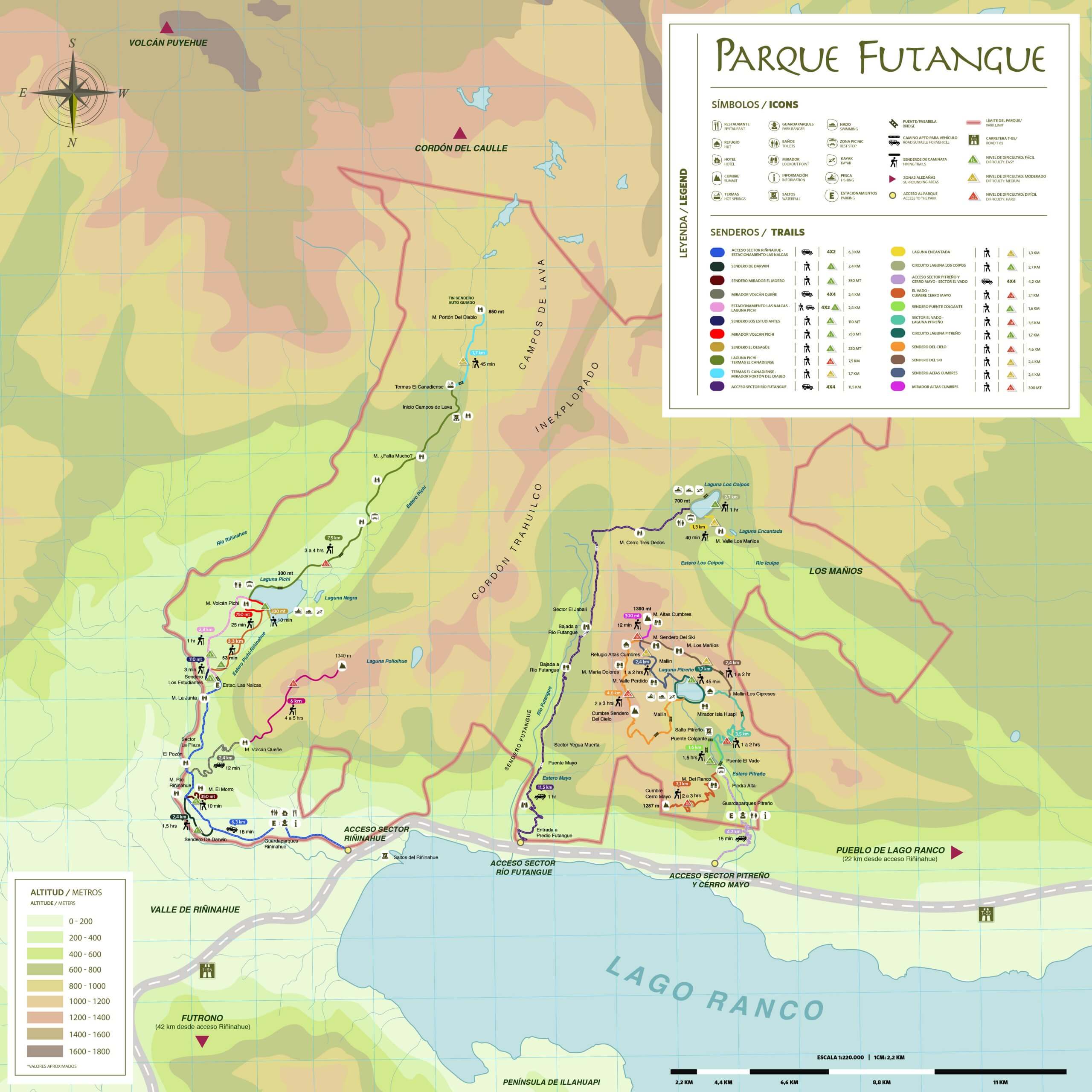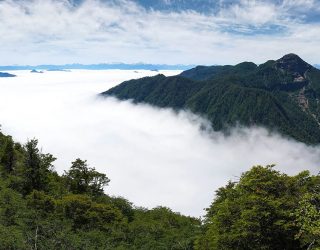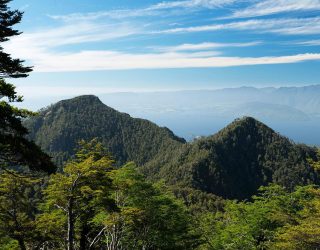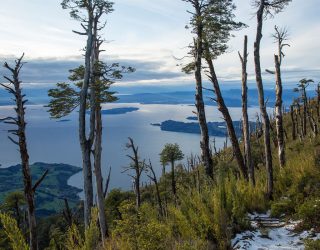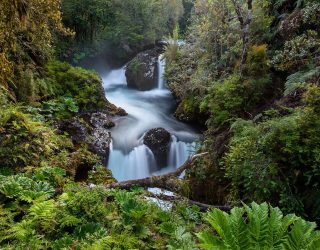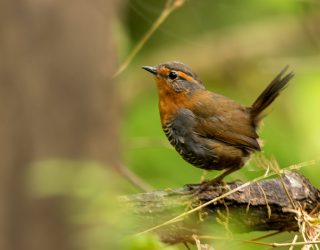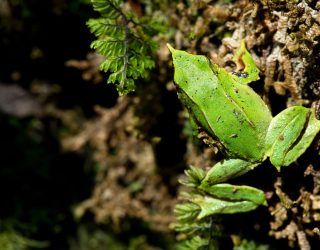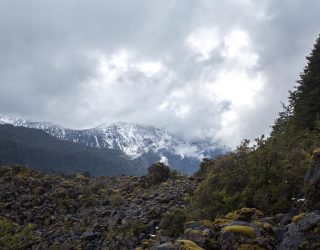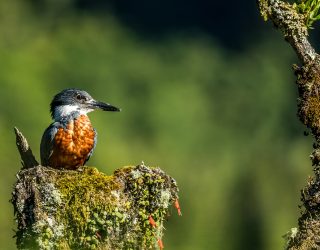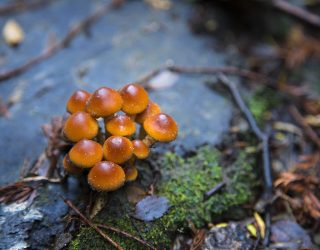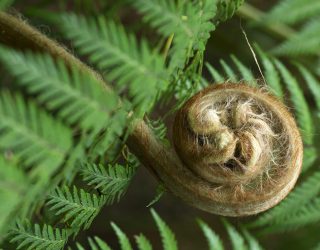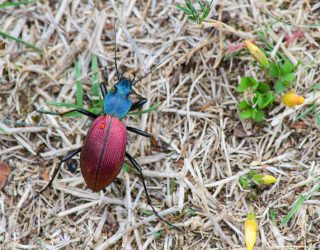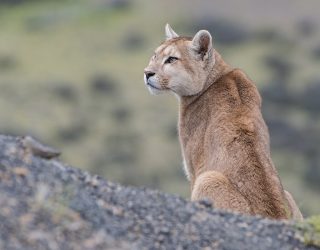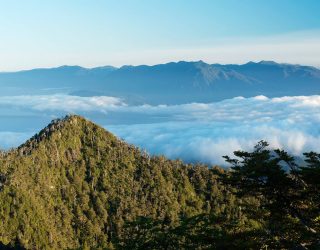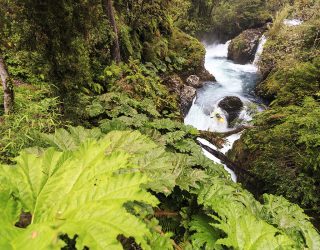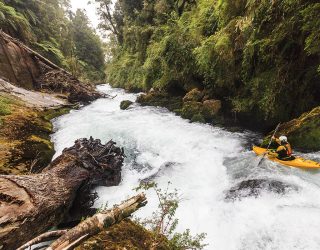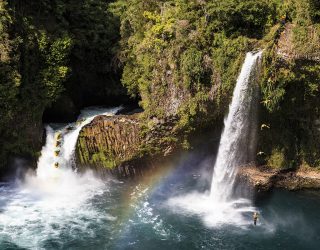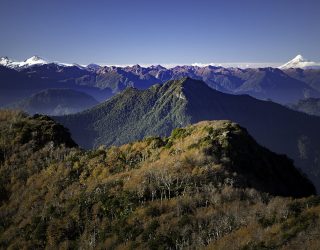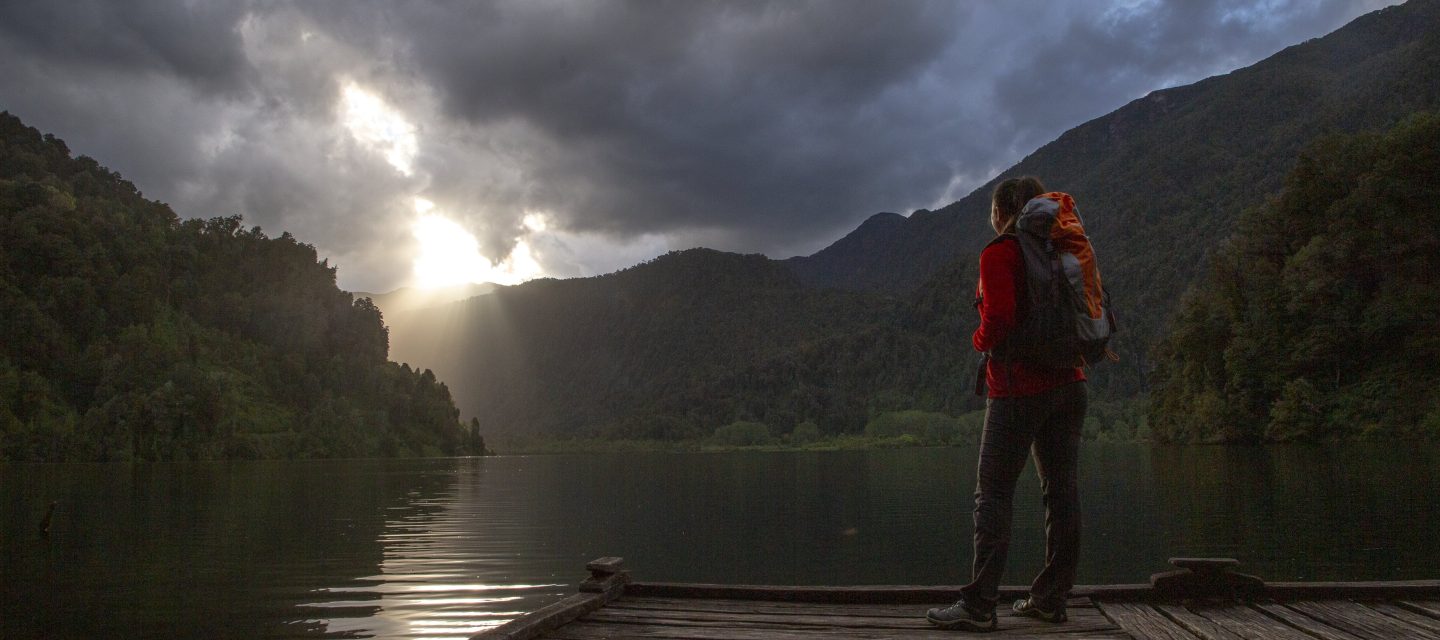
VENTURE INTO THE PARK
In Huilliche language, Futangue means "large cannon" and it is what the original settlements called the beautiful valley along which runs the river of the same name and which today is the dream location to explore the wild landscape of the Patagonian Andes.
Contemplate the snow-covered forests in winter, watch the coloured leaves of the lenga trees during autumn, enjoy the art of fly fishing in spring or luxuriate in the warmth of the summer to venture into the interior of the Valdivian Rain Forest.
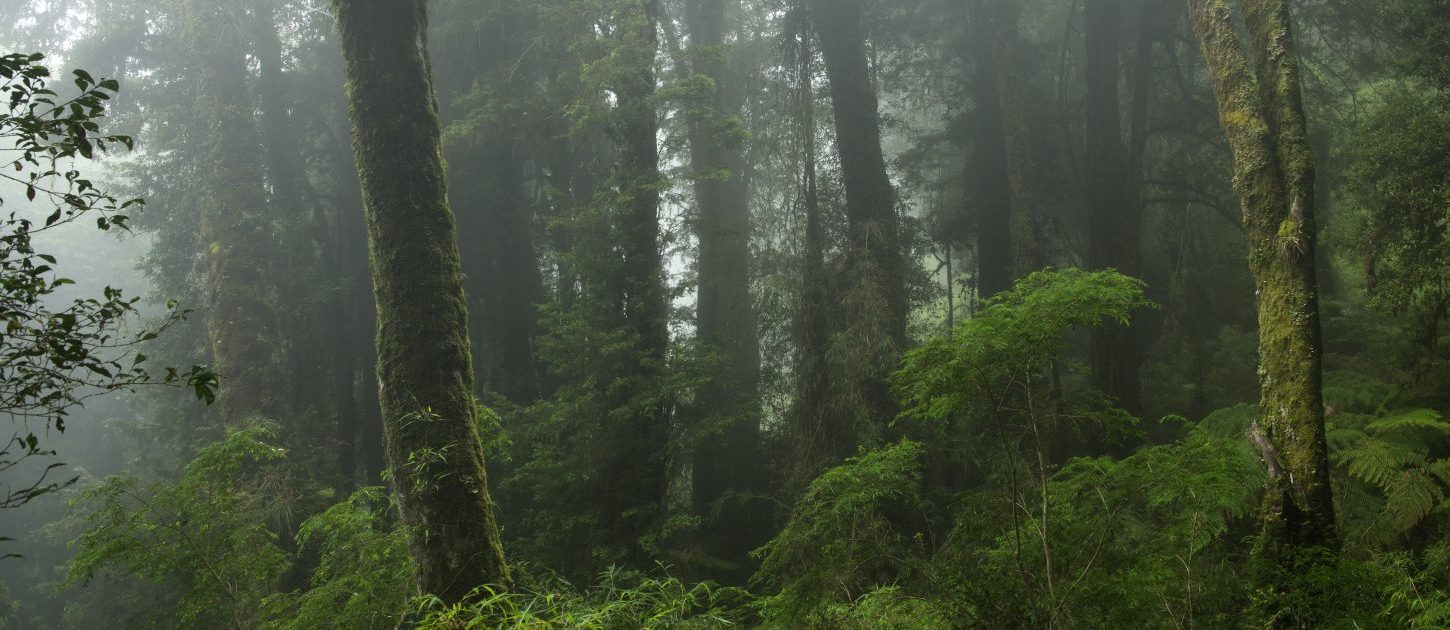
A Refuge for Biodiversity
The Valdivian forest is a temperate rainforest which thrives under particular climatic conditions and whose isolation across millions of years has enabled the evolution of some of the rarest species of flora and fauna in the world.
Discover our network of hiking trails covering more than 100 kilometers
Futangue marks the beginning of this corner of the world, filled with the all mysticism and magic known as Patagonia. The Park is a nature reserve and sits at the foot of the Andes in the Los Rios region, on the shores of Lake Ranco. It is one of the largest and most beautiful lakes in the country, which also borders with Puyehue national park and its spectacular volcanic landscapes. This area is also recognized for possessing some of the best examples of the Valdivian rainforest, one of the most important centers of biodiversity on the planet.
40°19’56.24”S
72°13’38.14”O
The flora in the park presents a richness of species, of which 254 are native and 58 endemic. Of these, 25 face serious conservation problems, such as the large leaved Mañío tree and the Guaitecas Cypress. Among the fauna, the Pudú and the Darwin frog are also threatened.
A botanical paradise
The Park contains around 70% of the flora belonging to the temperate forests of South America. A large part of it corresponds to the Valdivian Rain Forest, considered to be among the top 34 biodiversity hotspots in the world, given its great endemism and vulnerability. This evergreen forest is found in the lower and central areas of the Andes. At the upper levels, species such as Lenga, Ñirre and Canelo Andino exist. Between 1.100 and 1.300 meters, thicker vegetation can be found, typical to the arboreal flowers at this altitudinal level.
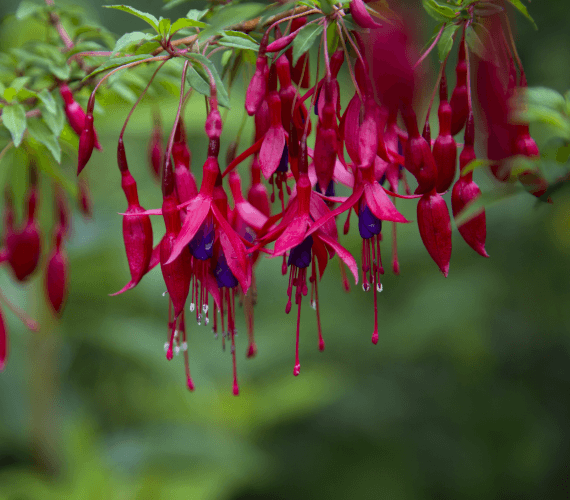
Endemic fauna
Here you can come face to face with amphibians such as the four-eyed frog and the Darwin small frog. The latter stands out particularly for the process in bringing up its young: the female lays the eggs and at the end of 20 days and then male takes them in his mouth and keeps them in a compartment in his inner cheek for 6 weeks. Once the tadpoles have completed their gestational period, the male opens his mouth and releases them in to the world. Also inhabiting this area are mammals such as pumas, the Chilean pudú, the guigna cat and the little bush monkey, considered to be the most ancient marsupial in the world.

Temperate forest mushrooms
Lovers of the fungi kingdom will spend hours of enjoyment at Futangue during autumn and spring, when they can discover a wide diversity of species, in all their extraordinary forms and colors. Occasionally, there is such a proliferation that some fungi completely cover enormous tree trunks. Some of these mushrooms are edible, such as the ‘changle’, ‘loyo’, ‘gargal’ and ‘dihueñe’. There are also communities of mushrooms such as ‘oreja de palo’, ‘cola de pavo’, and ‘gomita del bosque’, among others.
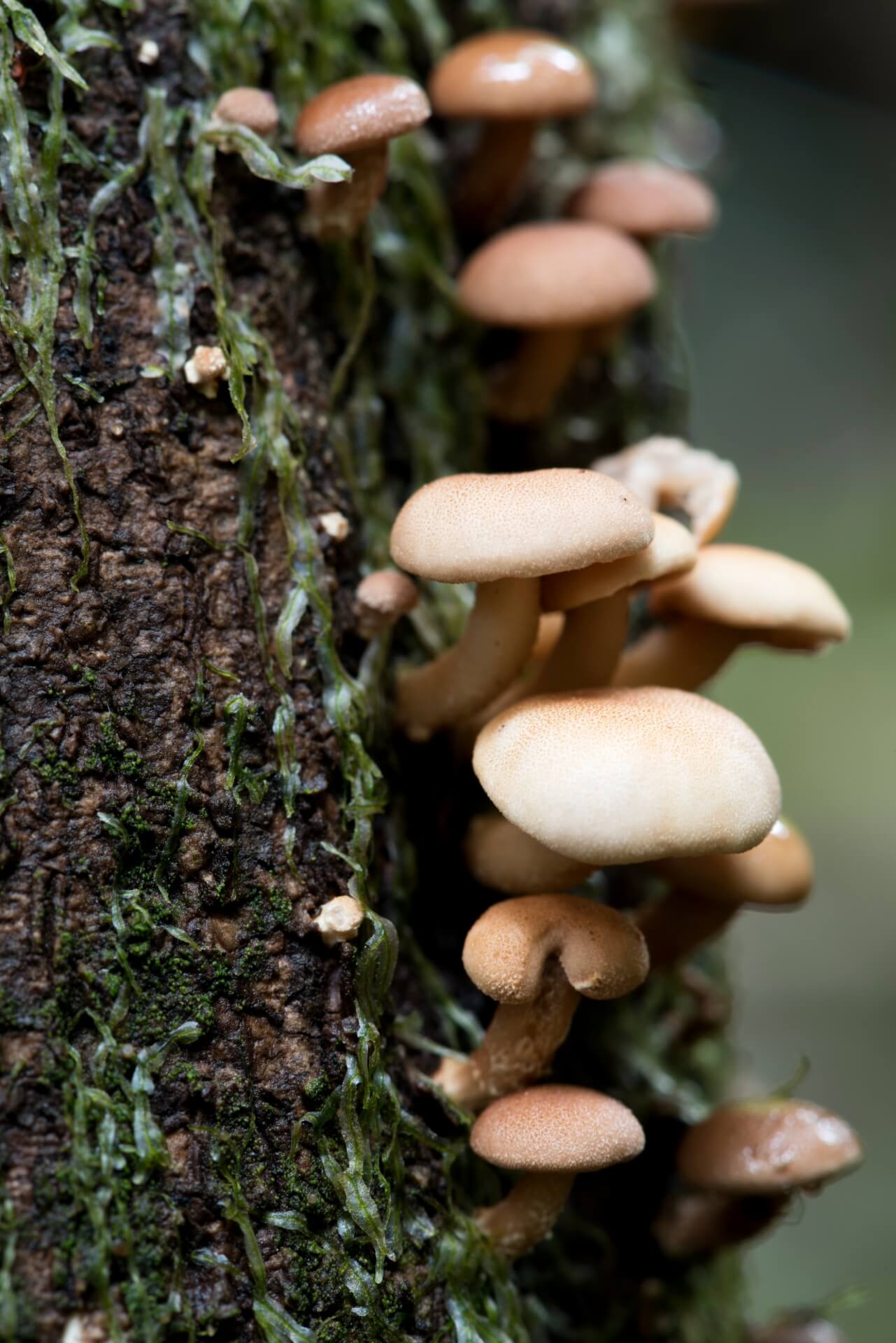

Check the weather forecast before you arrive!
In this zone the climate is temperate and wet, with annual precipitations coming close to 4.000 mm, principally between March and November. The altitude varies from 90 meters to 1.600 meters with recurring snowfall above 1000 meters between June and September. In summer, the temperature fluctuates between 8 and 30 degrees centigrade and in winter it drops to between -4 and 4 degrees.
At Futangue, it is always important to arrive fully prepared with the correct clothing and adequate equipment for the area’s unpredictable mountain conditions.


